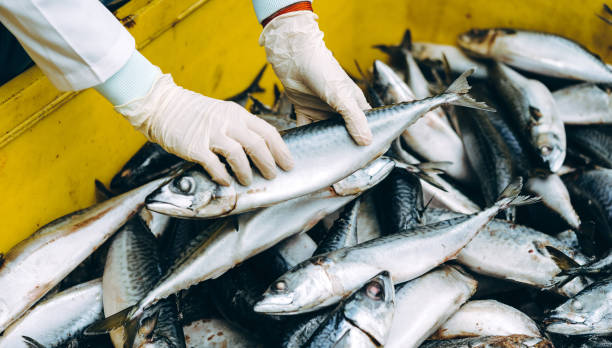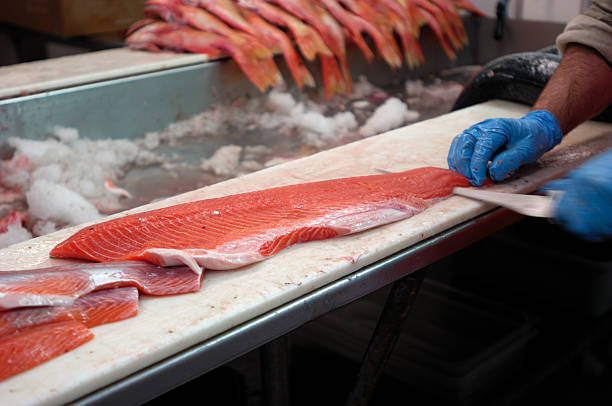
Automation is actually altering the means seafood and fish are processed,
delivering quicker, more constant, and higher-quality outcomes. By integrating
sophisticated machinery with skilled human oversight, companies are
accomplishing production levels that were once difficult to keep manually. From
automated cutting tools to smart batching systems, technology is boosting every
step of the seafood processing workflow. The result is a smoother, much more
reliable operation that benefits both producers and consumers alike.
Improving Efficiency in Fish Processing
One of one of the most noticeable effects of automation is the rise in
performance. Makers deal with repetitive and labor-intensive tasks, allowing
factories to process bigger quantities of fish in less time. Automated filleting
and arranging equipment lower delays and traffic jams, ensuring that production
maintains relocating gradually. By integrating a reputable batching system,
operators can keep a continuous circulation of components or materials,
optimizing the entire fish processing workflow and lessening downtime.
Enhancing Consistency and Quality
Consistency is critical in seafood production. Automated systems guarantee
each item of fish or seafood is cut, portioned, and prepared to accurate
requirements. This decreases human error and guarantees that every batch meets
quality expectations. Utilizing technology to monitor temperature, timing, and
part sizes in the fish
processing line assists maintain product integrity. A well-calibrated
batching system more ensures uniform blending and prep work, resulting in a
regular item that customers can trust whenever.
Lowering Waste and Operational Costs
Automation also adds to squander decrease, a key issue in fish processing.
Makers can maximize return from each fish by using specific cutting and cutting
techniques that humans might struggle to reproduce. Automated batching systems
make sure active ingredients are accurately determined, lowering overuse or
misallocation. This effectiveness not only reduces waste however likewise
reduces operational expenses, enabling companies to assign resources to other
areas, such as quality control and staff training, improving overall production
sustainability.

Improving Safety and Hygiene
Keeping safety and security and hygiene is necessary in seafood processing.
Automation decreases the demand for straight human contact with raw seafood,
decreasing the risk of contamination and office injuries. Makers can deal with
heavy training, repeated motions, and fragile reducing jobs, which shields
workers and maintains items safe for customers. In addition, automated cleansing
methods incorporated with batching systems aid keep equipment cleanliness,
making sure a hygienic atmosphere throughout the assembly line.
Sustaining Skilled Labor Force with Technology
Automation doesn't change human proficiency; it improves it. Skilled workers
are still important for overseeing operations, carrying out quality checks, and
managing exemptions in the fish processing line. With innovative technology
taking care of repetitive tasks, staff can focus on more tactical duties, like
keeping an eye on item quality and optimizing workflow effectiveness. An
innovative batching system enables drivers to make modifications on the fly,
blending human judgment with machine precision to achieve the very best possible
results.
Final thought
Automation is transforming seafood production by improving effectiveness, making certain uniformity, minimizing waste, improving safety and security, and supporting skilled operators. Advanced seafood
processing equipment combined with wise batching systems develops a manufacturing setting where machines and people enhance each other completely. For companies aiming to stay affordable and supply high-quality seafood items, welcoming automation is no longer optional-- it's a need for modern-day seafood processing operations.
No comments:
Post a Comment